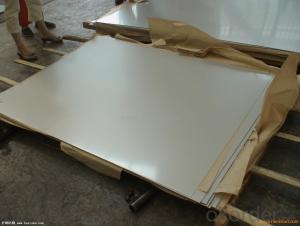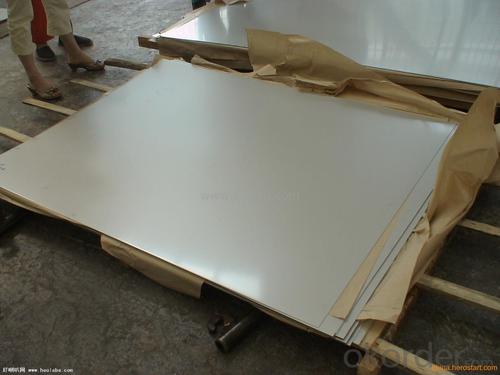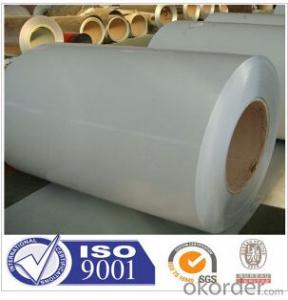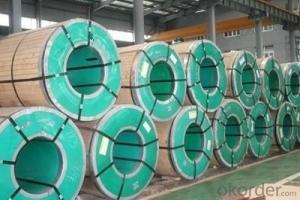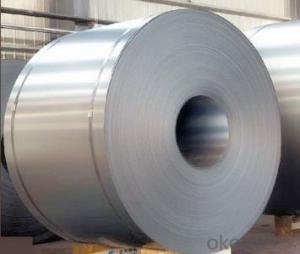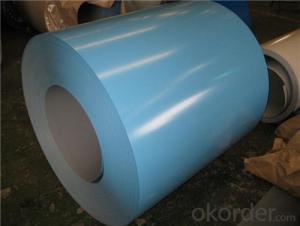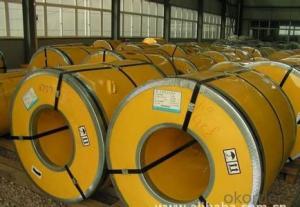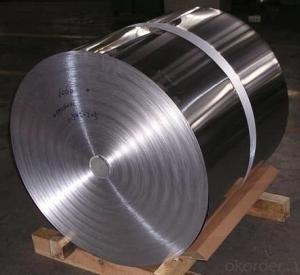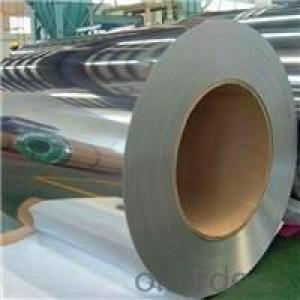201 Cold-Rolled Stainless Steel Plate
- Loading Port:
- Shanghai
- Payment Terms:
- TT OR LC
- Min Order Qty:
- 1 m.t.
- Supply Capability:
- 4000 m.t./month
OKorder Service Pledge
OKorder Financial Service
You Might Also Like
1.Description:
201 stainless steel has a certain acid and alkali resistance, high density, polishing without bubbles, pinhole free etc., is in the production of a variety of watchcase, watchband bottom cover quality materials. Mainly used in decorative tubes, industrial tubes, some of the shallow stretching of the productsThe cold rolling is the steel plate with the thickness of the target under the recrystallization temperature at the recrystallization temperature.. Compared with hot rolled plate, the thickness of cold rolled sheet is more accurate, and the surface is smooth and beautiful.
2.Product characteristic:
The application of the cold-rolled plate is widely used, such as the automobile manufacture, the electric products, the locomotive and the vehicle, the aviation, the precision instrument, the food can, etc.. Cold rolled sheet is the abbreviation for common carbon structural steel cold rolling plate, also known as cold plate, commonly known as cold plate, sometimes it is mistakenly written cold plate. The cold plate is made of ordinary carbon structural steel hot rolled strip, and after further cold rolling, the steel plate with the thickness of less than 4mm is made.. Due to the rolling at room temperature, and does not generate tin oxide. Therefore, good surface quality of cold plate, high size precision, coupled with the annealing treatment, the mechanical properties and processing properties are better than those of hot-rolled thin steel plate, in many areas, especially household electrical appliance manufacturing field, has gradually use it instead of hot rolled thin steel sheet.
3.Specification:
Tensile strength: 520MPa
Yield strength: 275MPa
Elongation: 55 to 60%
Modulus of elasticity: 29000000 psi is: 203000MPa
Hardness requirements (the hardness of the MPa) HRB<183N/mm2
Density: inch.280lbs/cubic (density 7.93g/cm3)
4.Reference picture:
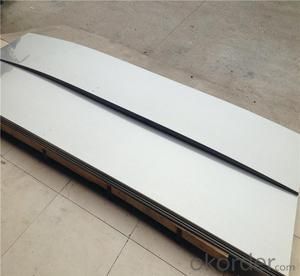
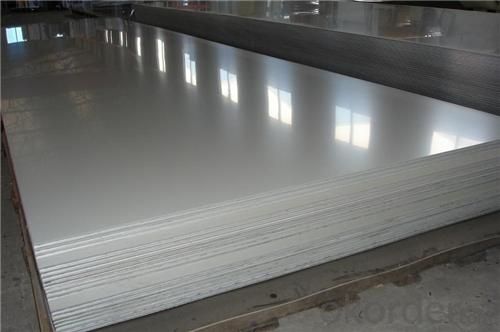
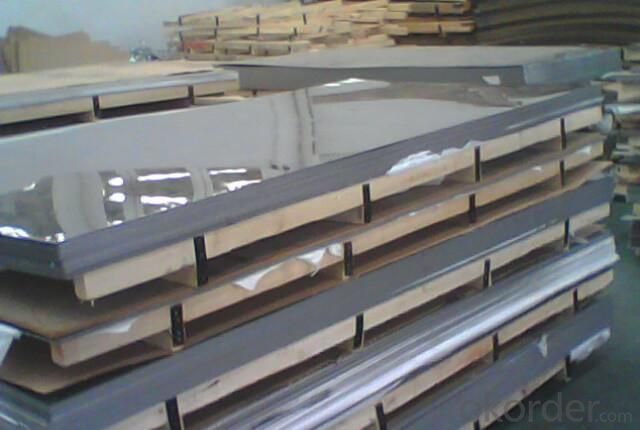
- Q: What are the common methods of cutting-to-length steel coils?
- There are several common methods used for cutting-to-length steel coils, depending on the specific requirements and capabilities of the industry. 1. Shearing: This method involves using a shear blade to cut the steel coil into specific lengths. Shearing is typically used for thinner gauge materials and is a cost-effective method for high-volume production. 2. Slitting: Slitting is a process that involves passing the steel coil through a set of rotating circular blades. These blades cut the coil into narrower strips of the desired width. This method is commonly used for thinner gauge materials and is ideal for producing narrow strips or multiple widths from a single coil. 3. Laser cutting: Laser cutting uses a high-powered laser beam to melt and vaporize the steel coil, resulting in a precise and clean cut. This method is suitable for a wide range of materials and can be used for complex shapes and contours. Laser cutting is often used for high-precision applications and smaller production runs. 4. Sawing: Sawing involves using a saw blade to cut through the steel coil. This method is commonly used for thicker gauge materials and is ideal for cutting large sections or heavy-duty applications. Sawing can be done manually or with the use of automated sawing machines. 5. Rotary cutting: Rotary cutting is a method that uses a rotary shear to cut the steel coil into desired lengths. This process is commonly used for thicker gauge materials and is suitable for high-speed production. Rotary cutting provides a clean and accurate cut, making it a popular choice in many industries. It is important to note that each method has its advantages and limitations, and the selection of the appropriate cutting method depends on factors such as the material thickness, coil width, required precision, production volume, and budget constraints.
- Q: What are the different types of steel surface treatments for coils?
- There are several types of steel surface treatments for coils, including hot-dip galvanizing, electro-galvanizing, galvannealing, and organic coating. Hot-dip galvanizing involves immersing the steel coil in a bath of molten zinc to create a protective layer. Electro-galvanizing applies a thin layer of zinc to the surface using an electrical current. Galvannealing is a process that combines galvanizing and annealing to create a zinc-iron alloy layer. Organic coating involves applying a protective layer of paint or other organic material to the steel surface.
- Q: What is the standard length of steel coils?
- The standard length of steel coils can vary depending on the specific industry and application. However, a common standard length for steel coils is typically around 30 feet or 9.1 meters.
- Q: I work with stainless steel a lot and I know it's rust resistant but it's definitly not STAIN resistant. You might be able to remove some stains easier from it than you can from some other surfaces but when it does stain, its hard as heck to clean it. It takes forever to scrub stains off my stainless steel pans so maybe it should just be called rustless steel?
- Stainless steel is not suppose to rust! If it does use Barkeepers (its comes in a can like comet but it isn`t) and you can buy it in the same section. It is called Bar Keepers friend. It is especially used on stainless steel.
- Q: How are steel coils used in the manufacturing of suspension springs?
- Steel coils are used in the manufacturing of suspension springs as they provide the necessary strength and resilience to support the weight of the vehicle and absorb shocks and vibrations. The steel coils are shaped and formed into the desired spring shape, which allows them to effectively compress and expand to absorb and distribute the impact and forces experienced during vehicle movement and road conditions.
- Q: What are the different types of steel coils?
- There are several different types of steel coils, including hot rolled coils, cold rolled coils, galvanized coils, and stainless steel coils.
- Q: Does anyone know if there is any info on Steel Manufacturing techniques, utilyzing electro/mechanical methods in order to create carbon nanotubes from the %C already inherant in the steel. In other words just modifying the Geometry of the Carbon the already makes up some of the steel.
- I don't think that would work. First off, there's not enough carbon in steel - even very high carbon steels are only about 2% carbon. Second, the iron atoms in steel form a crystal lattice, in the shape of a cube, with another iron atom in the middle of the cube. Each cube is about 0.3 nm per side. Carbon atoms work their way into the crystals and displace the iron atoms. But a carbon nanotube is around 1 nanometer in diameter - that's 3 times as big as the iron lattice! So a nanotube wouldn't fit. One thing you might do, however, is make a composite - mix the materials together on a scale a little bigger than the atomic scale that the iron and carbon mix to make steel. Just like a carbon fiber bicycle frame or ski pole is strands of carbon (much bigger and not as strong as nanotubes) held together with epoxy, you could hold nanotube strands together with metal. Not sure it would be good for armor, but if you can figure out a way to do it, I'm sure someone will come up with a use for it!
- Q: i know theres steel in it but what else?
- Corrosion resistant steel. Iron carbon alloy with a minimum of 10.5% chromium (Cr) content.
- Q: How are steel coils used in the production of metal buildings?
- Steel coils are used in the production of metal buildings as they are rolled into sheets and then formed into various structural components such as beams, columns, and roof panels. These coils allow for efficient mass production and provide a high-strength and durable material that ensures the structural integrity of the metal building.
- Q: How are steel coils protected from humidity?
- Steel coils are protected from humidity by applying a layer of corrosion-resistant coating, such as zinc or aluminum, to the surface of the coils. This coating acts as a barrier, preventing moisture from coming into direct contact with the steel and reducing the risk of corrosion. Additionally, the coils are often stored in a controlled environment with low humidity levels to further minimize the impact of moisture.
Send your message to us
201 Cold-Rolled Stainless Steel Plate
- Loading Port:
- Shanghai
- Payment Terms:
- TT OR LC
- Min Order Qty:
- 1 m.t.
- Supply Capability:
- 4000 m.t./month
OKorder Service Pledge
OKorder Financial Service
Similar products
Hot products
Hot Searches
Related keywords
